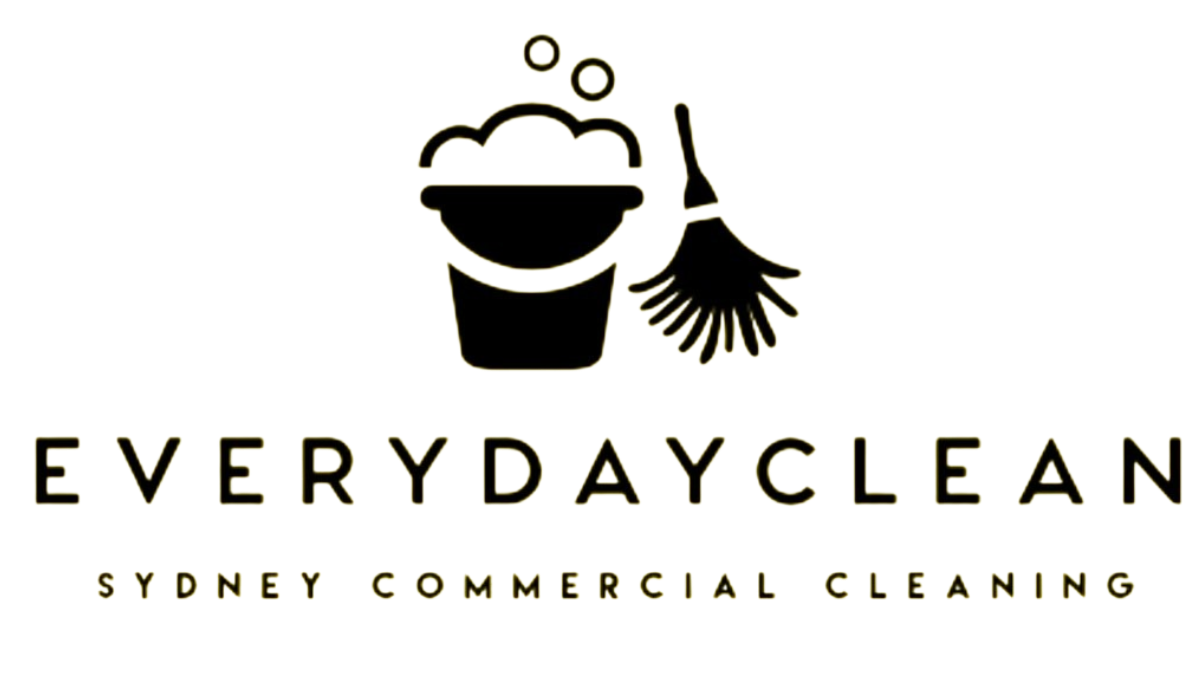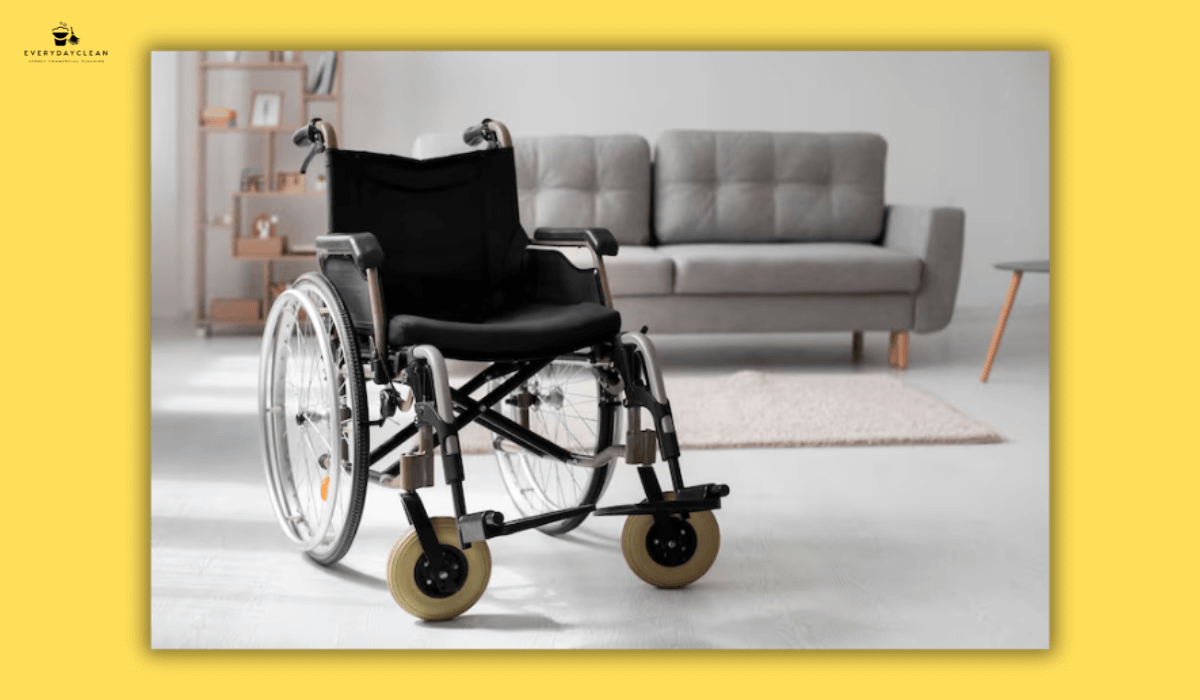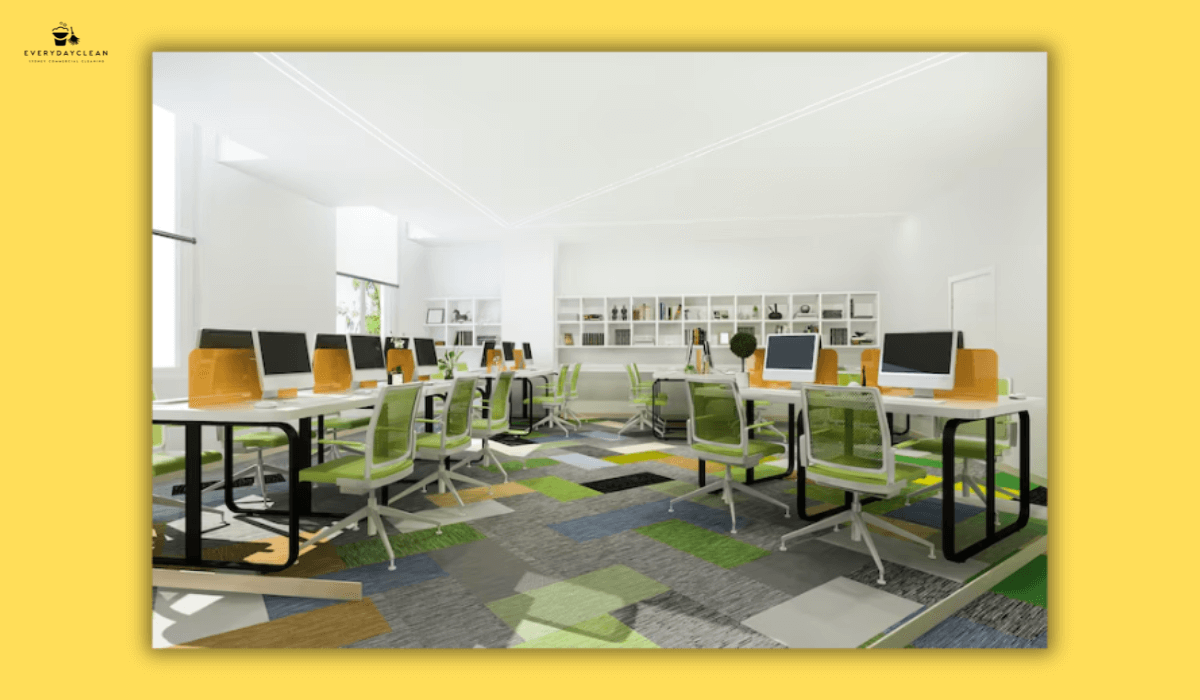9 Best Cleaning Equipment for Disabilities
Cleaning equipment for disabilities is designed to make daily home maintenance easier, safer, and more independent for people living with limited mobility, chronic pain, or reduced hand strength. These adaptive tools reduce the need for bending, lifting, or overreaching — common physical barriers in cleaning tasks. From ergonomic mops and lightweight vacuums to automated scrubbers and robot cleaners, each piece of equipment is created to remove strain while keeping homes hygienic and comfortable. For a full property reset, including automated devices, use this Airbnb cleaning checklist as a flexible reference even for home environments.
This guide outlines the most effective cleaning tools and equipment for disabilities, focusing on practical use, accessibility, and everyday cleaning performance rather than medical theory.
1. Adaptive Cleaning Tools for Limited Mobility
Adaptive cleaning tools are the foundation of accessible home care. They include long-handled dusters, lightweight vacuums, and wheeled cleaning caddies that minimise bending or carrying heavy items. For wheelchair users or individuals with arthritis,
extendable handles and
angled grips are particularly useful — allowing access to high corners, fans, and floors without awkward movement.
To make cleaning even easier, tools with
continuous mist sprayers eliminate the need to squeeze a trigger repeatedly, while
adjustable poles can shorten or lengthen to reach multiple areas. These small design upgrades significantly reduce energy use and strain during everyday cleaning routines.
2. Ergonomic Mops and Brooms for Pain Reduction
Ergonomic cleaning equipment focuses on body-friendly movement and posture. Mops and brooms with
pivoting heads and telescopic handles allow upright cleaning without bending or twisting. For users managing back pain, arthritis, or mobility restrictions, flat-head mops such as the
Vileda EasyWring & Clean or
Rubbermaid Reveal Spray Mop make cleaning large surfaces smooth and effortless.
Choose lightweight aluminium handles with soft grips that cushion hands and absorb vibration. Self-wringing systems using foot pedals or levers also eliminate manual squeezing — a crucial feature for users with hand weakness or joint pain. These innovations ensure every clean remains gentle yet thorough.
3. Lightweight and Cordless Vacuum Cleaners
A
lightweight vacuum cleaner is one of the most transformative cleaning tools for people with disabilities. Cordless vacuums such as the
Dyson Omni-Glide,
Shark WandVac, or
Bissell Featherweight weigh under 2.5 kg, making them easy to manoeuvre from seated or standing positions. Their
swivel heads reach under furniture, and wall-mount systems reduce the need for lifting heavy canisters.
For homes with mixed flooring, choose models that automatically adjust suction power between carpets and tiles. Paired with washable filters and detachable dustbins, these vacuums simplify regular cleaning and promote independence for users managing fatigue or balance limitations.
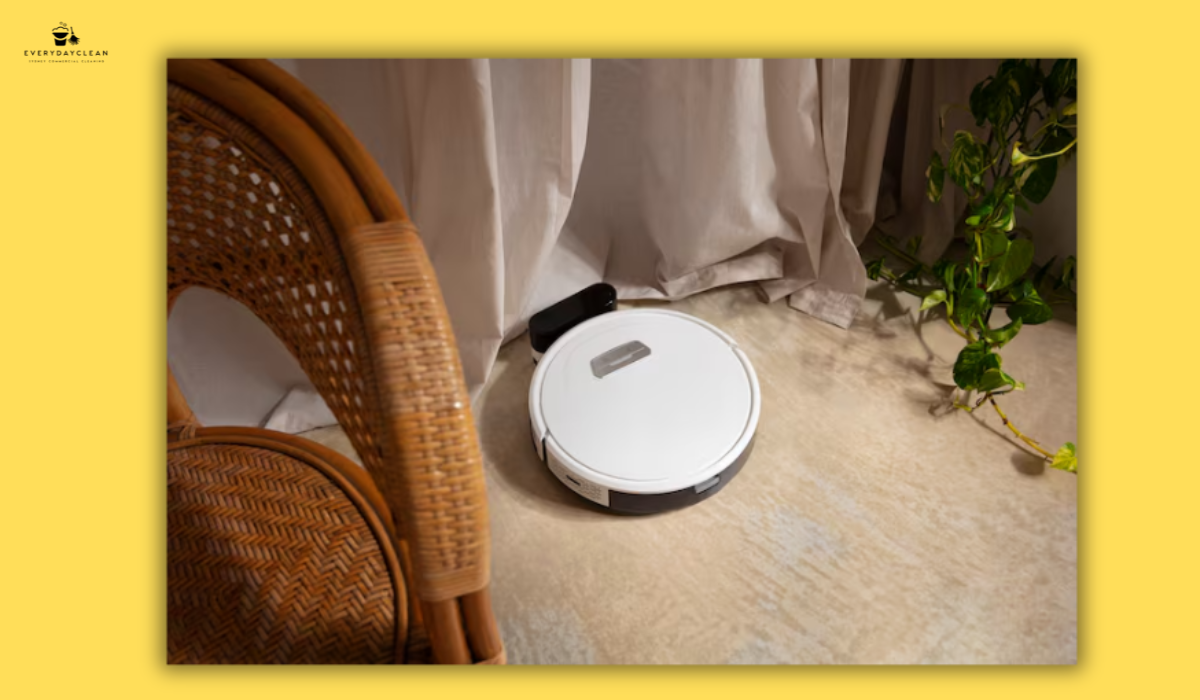
4. Electric Scrubbers and Automated Cleaning Devices
Automation transforms cleaning from a physically demanding task into a controlled, efficient routine. Electric scrubbers with extendable arms — such as the Turbo Scrub or Homitt Power Brush — remove soap scum, grime, and mould from bathrooms without kneeling or overreaching.
Robot vacuums like the
Ecovacs Deebot or
iRobot Roomba i7 can clean entire floors autonomously using smart navigation systems. Many pair with voice assistants like Alexa or Google Home, letting users schedule or start cleaning with simple voice commands. This combination of electric and robotic tools ensures every corner stays clean with minimal physical effort.
5. Cleaning Equipment for Wheelchair Users
Cleaning while seated presents unique challenges, which is why equipment for wheelchair users focuses on reach, balance, and safety. Tools with shortened, angled handles enable better control, while microfibre floor sweepers pick up dust efficiently without dragging cables.
Wheeled cleaning caddies reduce the need for carrying supplies, and wall-mounted racks keep items at accessible heights. In kitchens and bathrooms, use spray mops with refillable cartridges instead of heavy buckets. Each of these solutions allows for a full clean without overreaching or losing stability, promoting both comfort and confidence in home maintenance.
6. Safe Cleaning Products for Sensitive Users
People with disabilities often experience chemical sensitivities or respiratory conditions that make traditional cleaners unsafe. Switching to fragrance-free, non-toxic, and low-VOC cleaning products is essential. Look for Australian-certified brands such as Koala Eco, Earth Choice, or Abode, all approved by GECA and Sensitive Choice.
Combine these products with
microfibre cloths that clean effectively using just water, minimising chemical exposure. Concentrated refills also reduce the weight of bottles and packaging, making refilling easier for users with limited strength. The goal is to keep cleaning both effective and health-conscious for all abilities.
7. Assistive and Smart Cleaning Technologies
Smart cleaning devices now integrate accessibility with technology. Voice-guided robot vacuums, Bluetooth-enabled air purifiers, and automatic disinfectant sprayers can all be managed through smartphones or accessibility apps.
For visually impaired users, devices with sound prompts or tactile buttons offer precise feedback. For those with limited dexterity, auto-dispensing systems or touch-free cleaners help maintain hygiene without manual pressure. These innovations transform routine cleaning into a seamless, technology-assisted experience, giving users full control of their environment from anywhere.
8. DIY Modifications to Improve Accessibility
Not every solution requires expensive equipment. Simple DIY adjustments can make existing cleaning tools far more accessible. Attaching foam grips to handles improves control, while adding Velcro straps enables one-handed use. Mount magnets or suction hooks near work areas to keep tools within reach, and install casters or sliders on cleaning buckets to eliminate lifting.
Users can even adapt standard sprayers with larger buttons or adjustable nozzles for easier activation. These budget-friendly modifications ensure accessibility without compromising on quality or cleanliness.
9. Cost and NDIS Funding for Adaptive Cleaning Equipment
The price of cleaning equipment for disabilities varies widely, depending on the technology and ergonomics involved. Manual adaptive tools cost around $30–$80, while advanced devices such as electric scrubbers or robot vacuums range from $200–$800.
For Australians, the National Disability Insurance Scheme (NDIS) may fund essential cleaning tools under Home Maintenance or Daily Living supports. If physical cleaning isn’t possible, consider working with a professional
NDIS cleaning service that understands disability support requirements and provides tailored hygiene care.
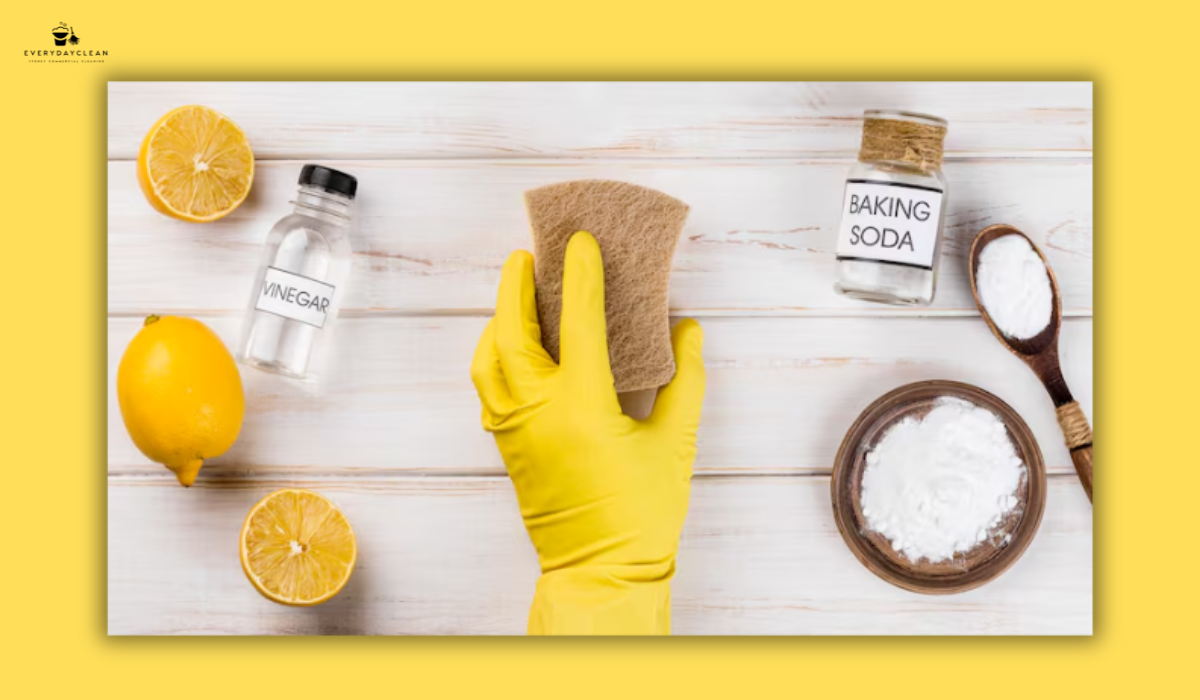
FAQs: Cleaning Equipment for Disabilities
Selecting the right cleaning tools depends on mobility, strength, and comfort. Below are answers to common questions from people seeking accessible, cleaning-focused solutions.
What are the best cleaning tools for limited mobility?
Tools with extended handles, lightweight frames, and rotating heads work best. Long-handled dusters, cordless vacuums, and spray mops with refillable cartridges allow cleaning without bending or stretching. Always prioritise products under 3 kg for ease of use and look for adjustable or telescopic designs that match your reach range. These adaptive tools minimise fatigue and maintain consistency across daily cleaning routines.
Are there ergonomic cleaning tools for arthritis and back pain?
Yes. Ergonomic designs like self-wringing mops, soft-grip handles, and pivoting broom heads reduce joint stress and back strain. Choose mops with foot pedals for wringing, avoiding hand twisting. Lightweight vacuum sticks with flexible necks also support upright posture while cleaning under furniture. Over time, ergonomic tools not only reduce discomfort but also make cleaning more frequent and manageable.
Can robot vacuums and electric scrubbers replace manual cleaning?
They can handle most daily cleaning tasks effectively, but should complement, not replace, manual maintenance. Robot vacuums manage dust and pet hair on floors, while electric scrubbers handle bathrooms and kitchens. However, occasional manual touch-ups — especially in corners or on delicate surfaces — ensure long-term hygiene. Using both systems together creates a low-effort, high-standard cleaning routine.
Can cleaning equipment be funded through NDIS?
Yes. Participants can request NDIS funding for adaptive tools that improve daily living. Occupational therapists often recommend specific devices such as long-handled vacuums, ergonomic mops, or robotic cleaners. These items fall under Assistive Technology – Level 1 and 2, designed to support independence in daily cleaning tasks. Always provide a short functional report to demonstrate the tool’s necessity for inclusion.
Conclusion
Inclusive cleaning starts with using the right tools — equipment that adapts to your body and abilities rather than forcing physical strain. The best cleaning equipment for disabilities includes ergonomic mops, lightweight vacuums, smart scrubbers, and chemical-safe products that simplify home care without compromising cleanliness.
At
Everyday Clean, our cleaning professionals use adaptive, eco-friendly methods to maintain spotless environments for all individuals, including those living with mobility challenges. Whether supporting NDIS clients or private households, Everyday Clean ensures every space remains hygienic, compliant, and comfortable to live in.
Author: Everyday Clean Content Team
Everyday Clean is Sydney’s trusted provider of commercial and residential cleaning solutions, including office, childcare, and disability care facilities. Our certified cleaners use adaptive tools, ergonomic techniques, and eco-safe products to deliver superior hygiene and comfort for every client.
